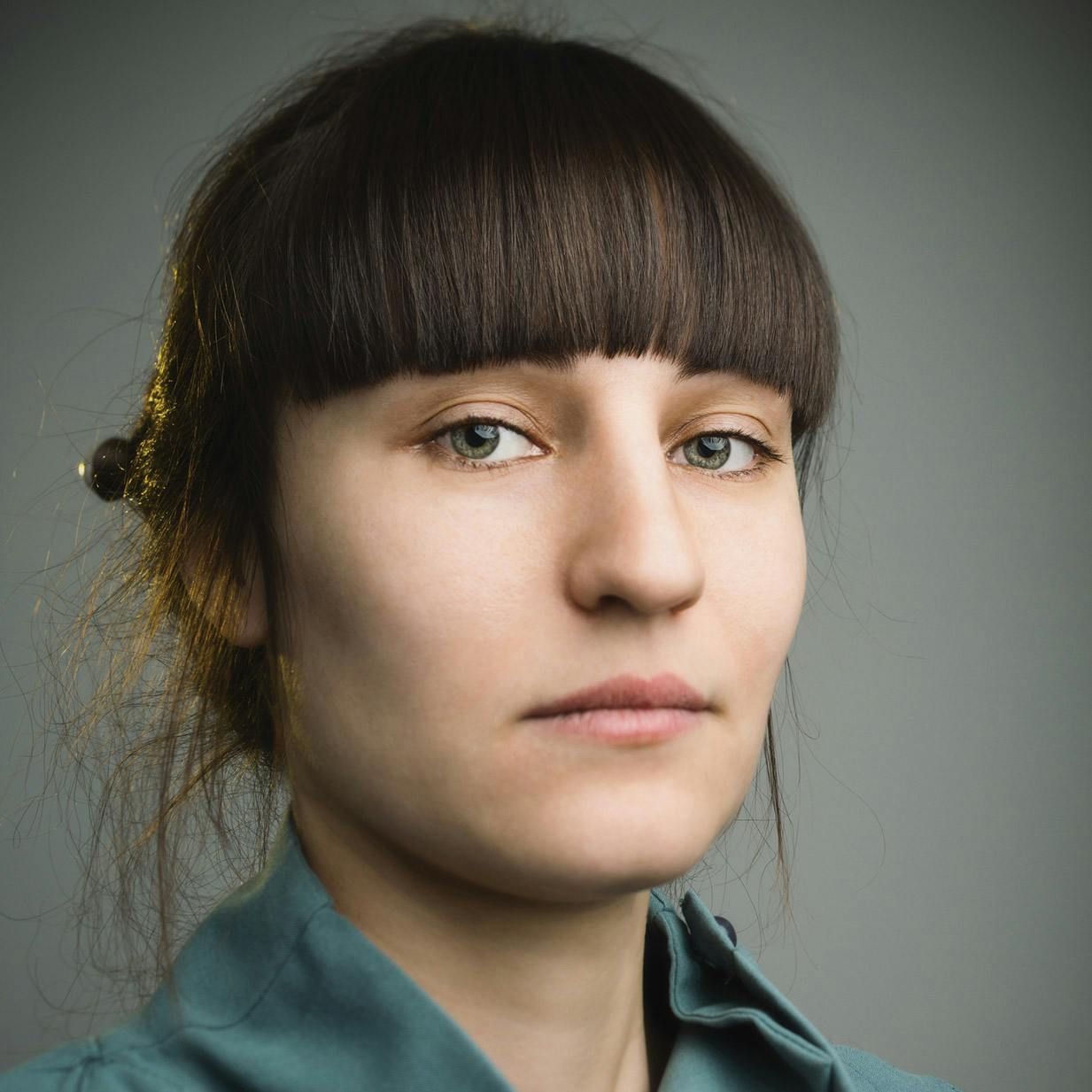Tubal factor infertility (TFI) is implicated in 25 to 30 percent of cases of infertility. Laparoscopy with chromopertubation of the fallopian tubes using dye is considered the gold standard for determining tubal patency.
But today, 3D hysterosalpingo contrast sonography (HyCoSy) is the simpler, safer, more informative test of choice for many clinicians. It is a 15-minute, office-based procedure that utilizes contrast, which is injected through a catheter and threaded through the endocervix while a transvaginal ultrasound is performed.
X-ray hysterosalpingography (XHSG), a radiologic procedure that checks for tubal patency and measures the shape of the uterine cavity, has been part of the outpatient infertility workup since it was first described over 100 years ago. Now, a water-soluble contrast medium has replaced oil-based iodine contrast to minimize the potentially serious complication of air embolism, and limited fluoroscopy decreases radiation exposure.
Nonetheless, the evolution of XHSG has been minimal, the cost often prohibitive and the procedure painful for the patient. It's time for practices to invest in a more advanced system that helps gynecologists deliver quicker, more accurate examinations and improve the patient experience.
Why HyCoSy?
Many women find HyCoSy to be less painful than XHSG. Since it can easily be integrated into your office practice, there is no need to chase down reports from the radiologist, and the results can be reviewed with the patient immediately or stored for later consultation. More importantly, 3D HyCoSy allows less experienced clinicians to easily determine tubal patency. It also provides an opportunity to identify the presence of congenital uterine anomalies as well as endometrial and ovarian pathology, making the HyCoSy ultrasound cost well worth it.
This form of contrast sonography in 2D was first described more than a decade ago. While it remains highly dependent on the investigator's expertise, automated 3D technology is easier to use and enhances the physician's ability to identify other causes of infertility, such as endometrial polyps, submucosal fibroids and uterine malformation.
Like XHSG, this procedure is typically performed between the seventh and 10th day of a menstrual cycle. It is as reliable as hysterosalpingography (HSG), according to research published in the Middle East Fertility Society Journal. Precautionary oral antibiotic prophylaxis is often used. The only absolute contraindications for performing the test are pregnancy and infection.
Conducting a 3D HyCoSy Exam
To ensure a successful examination, start with appropriate consent and traditional transvaginal uterine ultrasound measurements and evaluation of adnexa for possible hydrosalpinx. Prepare, then thread the sterile balloon catheter with the saline or contrast media of your choice through the cervix. Inflate the balloon gently and introduce the contrast media. Newer-generation contrast media with high viscosity and slower transition time through the tubes show promise, but sterile saline remains the most cost-effective and readily available medium.
A saline infusion sonogram can be performed at this time for a uterine cavity exam. Then, instill small amounts (2-3 cc) of fluid at a time into the cavity and, using automated 3D volume assessment of the tube, visualize the entire tube and flow of contrast as it traverses through the tube. Coded contrast imaging software processes the images and allows you to discriminate between contrast and the surrounding bowel and tissue to determine patency.
Spelling Success for Your Gynecology Practice
A study published in the Journal of Human Reproductive Sciences found that sensitivity and specificity with HyCoSy is equal or superior to the other standard tubal patency tests. This means that you are no longer dependent on the radiologist or ultrasonographer's interpretation of spillage at the fimbriated end of the fallopian tube. The images can be directly incorporated into your patient's record to complete documentation.
HyCoSy isn't just a bowl of alphabet soup — it's a valuable and dynamic imaging technology that enables you to provide your patient with the best test and shorten the infertility evaluation process at the same time. Avoid radiation exposure with this safe, office-based and cost-effective option. Choose 3D HyCoSy and you will spell S-U-C-C-E-S-S every time.
Disclaimer: HyCoSy is not cleared in the United States and may not be available in all other countries.





